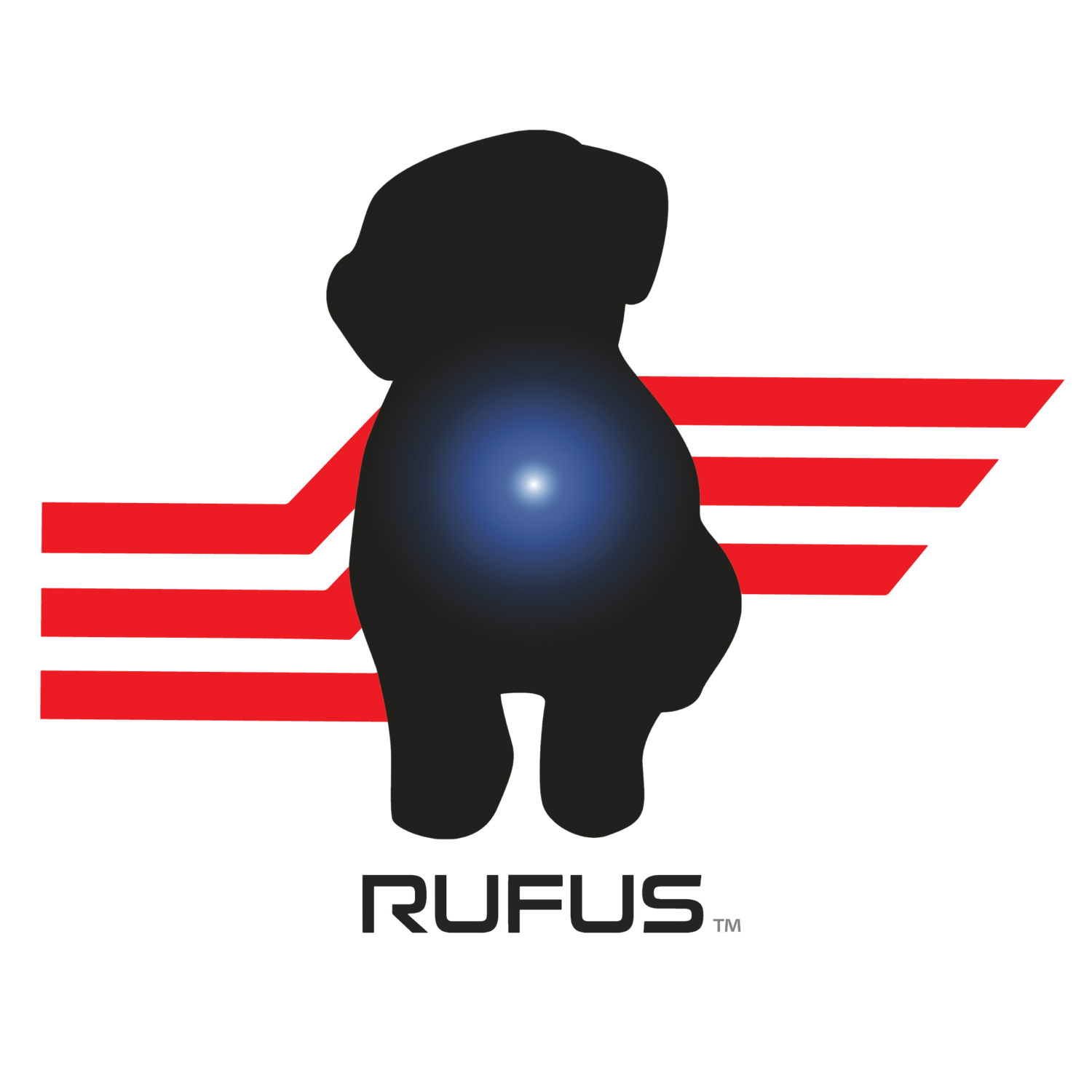The Biggest Peak Season Ever is Coming. Is Your Warehouse Ready?
The holidays are just around the corner, and though the season may look different for folks at home, your warehouse is pushing full steam ahead. Unfortunately, even if your warehouse FEELS like Santa’s workshop for the last few months of the year, you don’t have the luxury of magic and free elf labor.
So, how can you prepare your team for the upcoming (or let’s be real, it’s already happening now) peak season in your warehouse? We’ve rounded up the top nine ways you can give your warehouse some serious North Pole efficiency.
Hire Early
Recruiting early is key. In fact, the best time to be doing so is right now, in the first few weeks of October. Give yourself ample time to find the best seasonal team members, and lock them in at the top of the hiring season.
Look At Last Year’s Team
When thinking about how many additional employees you’ll need to support the holiday rush, look at numbers from last year. Due to in-person shopping restrictions, e-commerce sales are expected to break records with online orders. Companies need to account for this projection in headcount.
Bring Back All-Stars
Before you start searching for new talent, reach out to previous employees. Consider bringing back the best performing workers from last season. To fill in the gaps, think about hiring a staffing agency to find quality talent, taking the pressure off your internal HR team. Just make sure the staffing agency implements COVID safety precautions that align with your company’s policies.
Use The Ratio Method
Human resource forecasting uses two different ratio methods: staffing and productivity. Staffing ratios are used to determine your need based on the way a company has always been organized. Productivity ratios estimate how much each employee contributes to sales and how necessary the addition of new employees may be due to the sales forecast. With the projected influx in online shopping this year, it might be a good idea to crunch some numbers instead of eyeballing it this season.
Try Benchmarking
This is a technique used when a company’s managerial department is indisposed, experiencing a transition, or non-existent, and needs a sufficient way to make informed judgments. Benchmarking is an approach based on comparing your tactics to competitors who sell a similar product and have relatively equal revenue and spend. Researching how they handle hiring could be beneficial when there isn’t a clear plan or dedicated resource in place.
Tap Into Statistical Regression
It’s possible to analyze your company’s historical sales and staffing data in order to forecast future staffing needs this coming holiday season. Looking at year over year sales and the corresponding staffing volume can help determine how well sales were supported by the staff in the past, and what is needed for this year’s forecast.
Trust Management’s Judgments
Oftentimes, if the floor manager or business owner is experienced enough, the company will rely on their judgment when it comes to staffing needs. Smaller companies usually take this approach and start small, slowly adding as the need presents itself. However, there are a few questions you can ask yourself to work through this process, like:
How much of your budget can be allocated to temporary staff?
What areas of your warehouse performed well last holiday season and which ones struggled to meet your needs?
Which positions require the most and the least amount of training, and how can incoming staff be trained most efficiently?
Scale Your Hardware
While you COULD buy extra devices for your extra seasonal staff, it’s a big expense, and a tough number to swallow, especially knowing that the equipment will sit in storage for most of the year. Consider renting your hardware for the months required, only paying for what you need when ramping up your workforce. This is a smart solution that extends beyond holiday since different businesses experience peak seasons at various points in the year. It’s nice to have the flexibility to scale whenever necessary.
With Rufus Flex, we ship out and onboard Rufus WorkHero wearable barcode scanners for your entire seasonal workforce and take them back once peak season is over. It’s hassle-free with only a fraction of the cost of owning hardware devices that are already outdated by the next peak season.
Onboard In Less Time
When you have the most state of the art hardware, it’s easier and faster to train new hires because the latest technology is so close to your employee’s everyday devices, leveraging android operating systems and a touch screen. We’ve seen training time reduce from two days to half a day when switching to Rufus WorkHero.
While none of our tips include holiday magic, these recommendations are sure to put your warehouse in great shape to meet seasonal demands this year and beyond.
